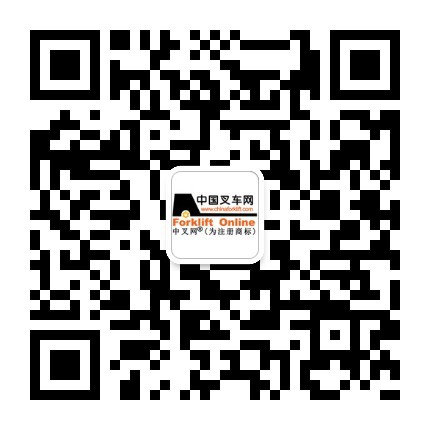They’re not packing their bags just yet, but major forklift manufacturers are determined not to miss the train ...
They’re not packing their bags just yet, but major forklift manufacturers are determined not to miss the train to Southeast Asia.
“If you are an angel investor you won’t want to miss expanding your products in this, the world’s fastest growing market,” said Zhang Dejin, the chairman of Anhui Heli of China. “The coming Asean Economic Community (AEC) in 2015 will offer tremendous opportunities for the forklift business.”
Anhui Heli, one of the 10 largest manufacturers of its kind in the world, is considering Thailand as its production base for industrial vehicles. The company recently signed a memorandum of understanding authorising Siam Sun Autosales, a Thai-owned importer and distributor of Chinese machinery brands, to distribute Heli forklifts in Laos, Cambodia and Myanmar.
Speaking during a recent visit to Bangkok, Mr Zhang said the company planned to reap benefits from the creation of the Asean single market and expected to build a forklift assembly plant to serve Southeast Asia within three years, or when its total sales exceed 3,000 units throughout the whole region.
“We want Asean people to change their beliefs toward Chinese products, as many of them tend to think that Chinese goods are always poor in quality,” he said. “Our expansion to the region will attempt to prove that Chinese forklifts can in fact match standard production technology as in Japan and Europe.”
Being the No. 1 forklift maker in China and the eighth largest in the world, Anhui Heli believes that creating greater exposure in Asean will give it a decisive edge. It is prepared to commit as much as US$30 million for new plant investments to serve the Asean market.
Similar to Anhui Heli, the South Korean automotive and industrial equipment giant Hyundai also foresees great potential in Southeast Asia’s market. Company data show that Hyundai’s market share of forklift sales in Thailand rose by 30% in 2011 from the previous year, and it also had 22-25% growth in Vietnam.
Hyundai recently outlined a plan to set up a training centre in Thailand over the next two years in order to develop and control the quality of its dealers to ensure the best after-sales service.
Wattana Veerasupakarn, president of TLS Group Southeast Asia, Hyundai’s forklift dealer, said Hyundai’s after-sales service policy requited all dealers to have at least 10% of all replacement parts available in inventory for customers.
All forklift dealers, he added, must improve service quality and maintain their product values to withstand tougher competition as market demand grows.
Forklift sales are closely watched as a useful indicator of manufacturing activity and a country’s economic growth, given the many uses to which the equipment can be put. The forklift industry touches on many different market segments: warehousing, distribution, logistics, manufacturing, building supply and stevedoring, to name a few. Given that, if the forklift industry is booming or collapsing, it is likely that the economy is going to do the same.
Sales of forklifts in Southeast Asia are worth about US$450 million per year from about 20,000 units, of which 6,000 each are in Thailand and Indonesia, followed by 5,000 in Malaysia and the rest in other countries combined. There is still ample room for growth and for new players to enter the market.
“Selling up to 10,000 units in the region per year won’t be any problem for Heli. We can do a lot more in the future in this market,” said Mr Zhang.
![]() A Chinese worker drives a forklift to move the inventory at a newly opened Coca-Cola bottling plant for non-carbonated drinks in Wuhan in Hubei province
A Chinese worker drives a forklift to move the inventory at a newly opened Coca-Cola bottling plant for non-carbonated drinks in Wuhan in Hubei province
















 粤公网安备 44010602003952号
粤公网安备 44010602003952号